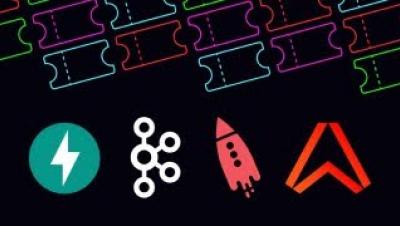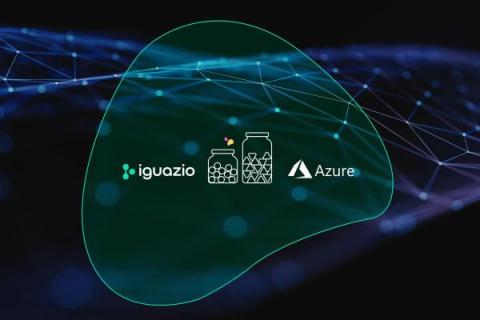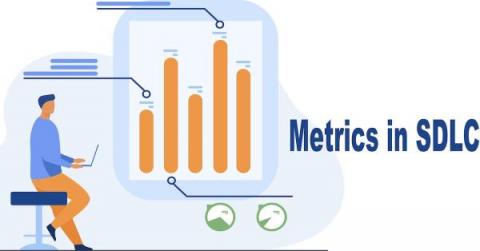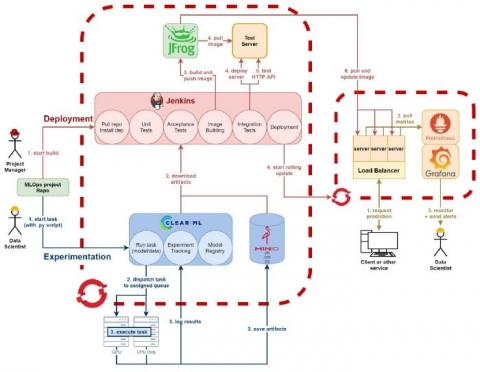Systems | Development | Analytics | API | Testing
Technology
Realtime betting app with Confluent Cloud, Kafka and Ably
The Complete Guide to Using the Iguazio Feature Store with Azure ML - Part 1
In this series of blog posts, we will showcase an end-to-end hybrid cloud ML workflow using the Iguazio MLOps Platform & Feature Store combined with Azure ML. This blog will be more of an overview of the solution and the types of problems it solves, while the next parts will be a technical deep dive into each step of the process.
Redshift vs BigQuery
Test Reports in a nutshell
Read this hands-on guide to learn how to use the Bitrise Test Report add-on to visualize your test results for your development team!
7 Common Cloud Integration Challenges
A Digitally Transforming World Turns to Cloud
Accelerate your e-commerce mobile development through Mobile DevOps
In this article, we give you some tips to successfully transform Mobile DevOps processes in your e-commerce app and to minimize your revenue loss.
Metrics in SDLC: Let the Truth Prevail
Communication is the key to managing the stakeholders. Many times, not enough efforts are made to communicate clear details, status, risks on the ongoing projects. On the other hand, not everyone can detail every important aspect or gauge what’s important to communicate without being subjective and setting aside all emotions during communication.
Building an MLOps infrastructure on OpenShift
Most data science projects don’t pass the PoC phase and hence never generate any business value. In 2019, Gartner estimated that “through 2022, only 20% of analytic insights will deliver business outcomes”. One of the main reasons for this is undoubtedly that data scientists often lack a clear vision of how to deploy their solutions into production, how to integrate them with existing systems and workflows and how to operate and maintain them.










